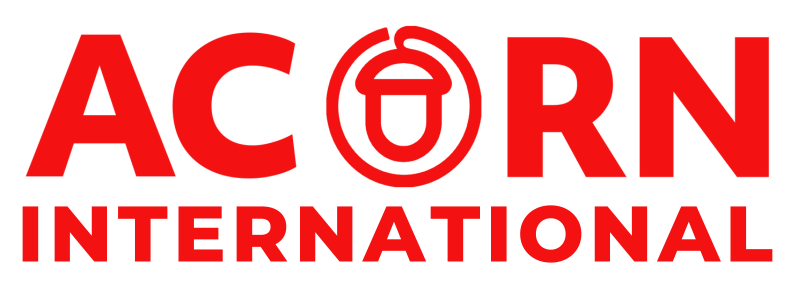Your cart is currently empty!
Summary of our “Past Time for Remittance Justice” Report
Remittances, which begin as simple financial transfers from an immigrant or a migrant worker thousands of miles away to their families back home, are not only lifeblood to their relatives and communities in the home country, but also are frequently critical to the entire national economy of whole countries. According to the Inter-American Development Bank remittances are a significant component of many developing countries’ GNP and far outstrip inputs of foreign aid or private investment from other countries.
Over and over, the countries where ACORN International members and partners live come up high on the list of remittance beneficiaries: India, Mexico, Honduras, Dominican Republic, Kenya, Philippines and Korea, especially. This matters to us in a deeply personal and very national way in both our home countries and our adopted countries where we have family. Clearly, remittances are valuable to immigrant families and their relatives. There are many developing countries where a primary export is migrant labor and a critical import is remittance dollars. Yet, central banks and global financial institutions seem impotent in the face of money transfer organizations and banks.
ACORN International has come up with a remittance grid which shows the costs that are attached to sending money overseas. We found that most of these costs are hidden, some even unavailable to the general public. We focused on ten (10) countries in which ACORN International has head offices and/or we are partnered with. We chose several major institutions of both the United States and Canada and gathered data on what costs are attached to sending a $100 remittance from Toronto, Canada or New Orleans, Louisiana, in Canadian and American Dollars respectively to the ten countries where we work. We choose $100 because it is most common according to both our members and outside studies.
Following our research, the cost of sending (often excluding pick-up costs) the 100 dollars varies depending on type of transfer speed and delivery options. Some institutions have extra costs attached such as “communication” or “processing” fees. There is also an exchange rate charge where the individual institutions profit after the 100 dollars is sent when they exchange the Canadian or American dollars into the currency appropriate for the recipient country. This is calculated by subtracting the institution’s exchange rate from the general exchange rate. Sometimes the difference is not much. At other times however, the cost is quite steep, especially when in conjunction with the other costs involved.
A dramatic example from our investigation is Bank of America: To send US$ 100 to Kenya with Bank of America, it can cost US$ 45 transfer fee + US$ 16 pick-up fee. On top of this, the sender could lose $13 from the remittance due to the exchange rate. So the immigrant or migrant worker is paying almost $75 to send US$ 25 back to their families at home.
ACORN International has concluded that to advance remittance justice and citizen wealth for our members we need the architecture of a three pronged effort:
(1) Transparency: We have exposed the real costs and fees in as clear a manner as possible so that there is no question of the predatory nature of the enterprises and how various actors played their roles in thwarting fair and just pricing.
(2) Regulation: We have to determine why such institutional anarchy exists. Is there any force to global financial bodies like the World Bank or International Monetary Fund or G8 and other deliberations? And, if so, can it be applied to remittances for immigrant families and migrant workers? If global institutions are inadequate, what is the role, if any, being played by national central banking institutions in either developed or developing countries or their states and provinces? How can we get movement for accountability, regulation, and reform?
(3) Pressure: We and our partners have to encourage and enforce negotiations, pursing both agreements with institutions and the promulgation of policies and programs wherever possible with regulators to achieve reform.
